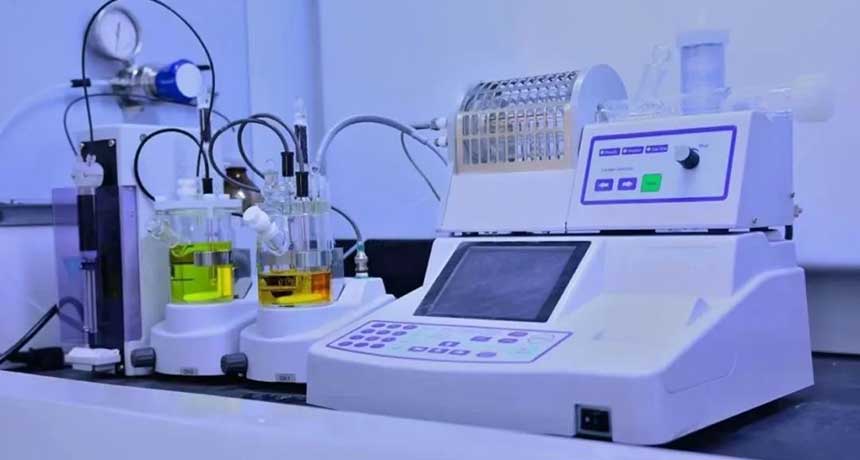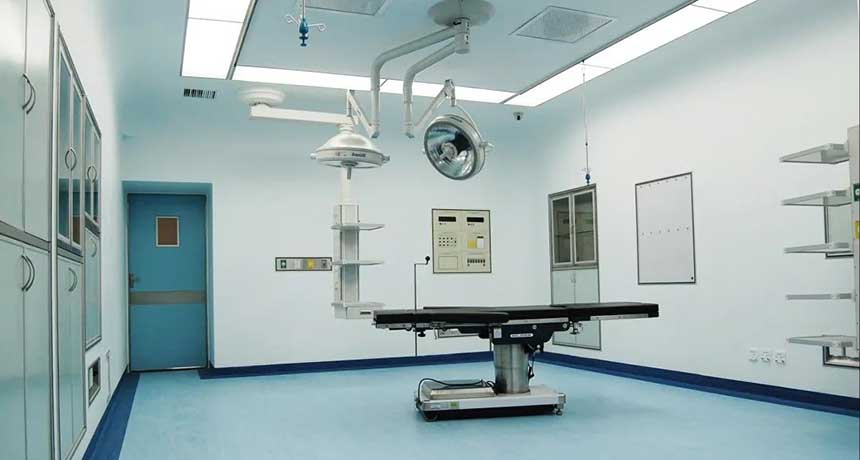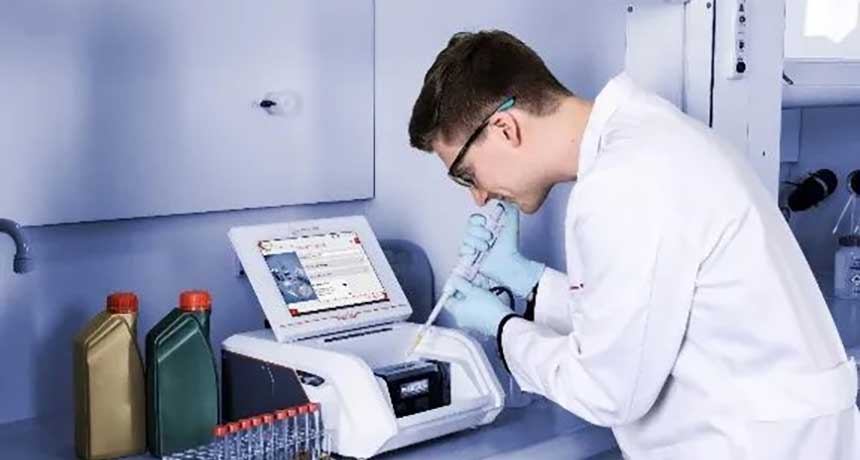With the popularity of home electrocardiogram machines, self-testing electrocardiograms at home and anytime is no longer out of reach.
So, how much do you know about some common sense about electrocardiogram measurement? Hurry up and follow our good friend, the editor of the
electrocardiogram machine, to take a look!
The most basic measurement parameters of electrocardiogram include heart rate, P wave time, P-R interval, QRS time, Q-T interval, average cardiac axis, etc.
1. What do the squares on the electrocardiogram represent?
There are two thick and thin vertical lines and horizontal lines on the electrocardiogram recording paper.
The vertical line represents the voltage, expressed in mV. In special cases, it can be expressed in mm.
The horizontal line represents time, expressed in s or ms.
Usually the ECG recording paper feed speed is 25mm/s, so each small grid represents 0.04s, and each large grid (5 small grids) represents 0.2s.
The calibration voltage is 10mm (10 small divisions) is 1mV, so each small division represents 0.1mV and each large division represents 0.5mV.
Select the clearer leads in each band and measure them with a ruler.
When measuring the voltage of a positive wave, it should be measured from the upper edge of the baseline to the highest point of the wave; when measuring the negative voltage, it should be measured from the lower edge of the baseline to the lowest point of the wave.
The measurement time should be measured from the leading edge of a wave starting to the leading edge of the wave ending. In short, the influence of the baseline must be removed during measurement.
2. Heart rate measurement
Heart rate measurement is a critical step in electrocardiogram measurement. Currently, there are five main methods of measuring heart rate.
Method 1: Gauge measurement
Use a minute gauge to measure the P-P or P-R distance, multiply the measured seconds by 100, and then use the look-up table method to calculate the heart rate.
Method 2: Gauge measurement
Use a minute gauge to measure the P-P or P-R distance, divide the measured seconds by 60, and the resulting quotient is the heart rate.
Method 3: Simple visual inspection method
The commonly used paper feeding speed of electrocardiograph is 25mm/s, which is 5 large grids, so the time of each large grid is 0.2s. At present, the distance between P-P or P-R takes up about a few large grids, and the heart rate can be calculated.
If it is 3, 4 or 5 grids, the heart rate is 100 beats/min, 75 beats/min and 60 beats/min respectively.
Method 4: EKG measuring tape
Heart rate can be measured using an electrocardiogram measuring tape.
Method 5: Measurement method when arrhythmia is irregular rhythm
1. Divide the average value of multiple P-P or P-R intervals by 60 to get the heart rate
2. In atrial fibrillation, continuously count the number of R waves in the example of 10 seconds and multiply by 6 to calculate the average ventricular rate.
3. Amplitude measurement
Amplitude measurement is also an important part of electrocardiogram measurement. Through the amplitude of the wavebox, some potential disease symptoms can be detected.
1. P wave
The lead with the largest P wave amplitude is selected as the maximum amplitude of the P wave.
2.Ptf-V1 measurement
Ptf-V1 indicates that V1 has reached the terminal potential of the P wave, which is the product of the depth and width of the negative P wave. During measurement, a horizontal extension line is drawn from the lower edge of the P wave baseline to intersect with the descending branch of the P wave. The horizontal spacing is the width of the negative P wave, and the vertical distance between the horizontal line and the bottom of the negative wave is the depth of the negative P wave.
3. The QRS starting horizontal line is used as the reference level for the measurement of QRS complex, J point, ST segment, T wave and U wave amplitude.
To measure the R wave, measure vertically from the upper edge of the beginning of the QRS to the top of the R wave. For negative waves (Q, S, QS), measure vertically from the lower edge of the beginning of the QRS to the bottom of the wave.
4. Measure the ST segment
When the ST segment moves horizontally downward, measure the vertical distance between the horizontal part of the ST segment and the beginning of the QRS. When the ST segment moves upward or downward, measure 80 ms after the J point, and explain the ST segment shift. The degree and form of bits.
5.T wave
The positive T wave is measured vertically from the upper edge of the reference horizontal line to the top of the wave, and the negative T wave is measured vertically from the lower edge of the reference horizontal line to the bottom of the wave. U-wave measurements are the same as T-wave measurements.
4. Time measurement
Another important parameter measured by ECG is time. Whether it is P wave, P-R interval, QRS time, or QT interval, they are all an integral part of ECG diagnosis.
1.P wave time
On a multi-lead synchronously recorded electrocardiogram, the time measurement of the P wave should be from the start of the earliest P wave lead to the latest P wave end.
On a single-lead electrocardiogram, the widest P wave among the 12 leads should be selected for measurement.
2. P-R interval
The P-R interval measured on a multi-lead synchronously recorded electrocardiogram is more accurate. The distance from the earliest P wave starting point to the earliest QRS starting point should be measured in the synchronously recorded leads I, II, III or 12.
For example, on an electrocardiogram recorded in a single lead, the lead with a wide P wave and a Q wave should be selected for measurement.
3.QPS time
In a multi-lead synchronously recorded ECG, the QRS time should be measured from the earliest QRS start point to the latest QRS end point in the synchronized leads. In a single-lead ECG, the widest QRS of the 12 leads should be selected for measurement.
4.QT interval
The time interval from the beginning of the QRS to the end of the T wave is the QT interval. To measure the Q-T interval on a multi-lead synchronously recorded electrocardiogram, the best measurement lead is Vy ~ V3 lead, from the earliest QRS start point to the latest T QRS end point. The U wave cannot be taken into account when measuring the O-T interval.
The above is the relevant knowledge about electrocardiogram measurement. Do you understand it? For more medical equipment industry consultation, please pay attention to YSENMED Medical Equipment.






